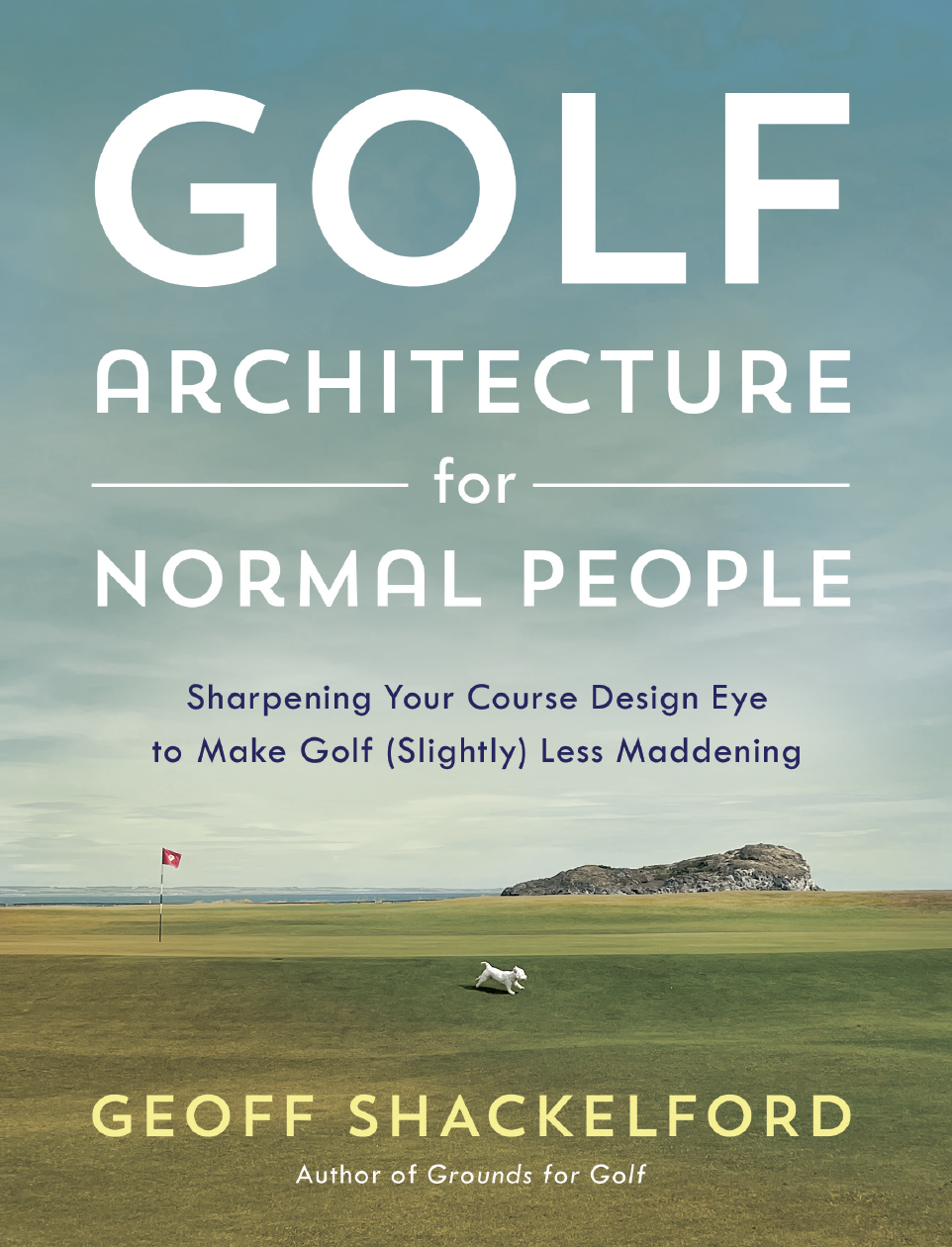Gary Van Sickle looks at the best under-30 American golfers, and notes:
College golf eats its young in the U.S. Coaches aren't eager for their players to make big changes to improve -- they need a good finish at next week's tournament. And since the college season almost never ends -- September to mid-November, February to June -- there isn't time to worry about long-term goals. It's all about next week's or next month's tournament.
In Australia, regional sports institutes do just the opposite. They provide coaching -- mental and physical -- and nutrition and conditioning and competition. It's all about building better athletes. The result is, Australia is flooding golf with far more top-level players than a country of its size has any right to produce. American players need more resources and more down-time to focus on getting better for the long run.
Now, American collegiate golfers are playing quality events on decent courses, while also competing prior to those events through team qualifiers. They get free equipment. Most are following conditioning programs laid out by school trainers.
Meanwhile, international players are still populating the college ranks, with Paul Casey and to a lesser extent, Camillo Villegas having breakout years after U.S. college golf careers.
But does Van Sickle have a point about the long term approach issue? After all, this is a short term, instant gratification culture.
I still contend that the international players are more imaginative and talented all-around players because they've been exposed to a variety of designs and course setups.
Thoughts?











